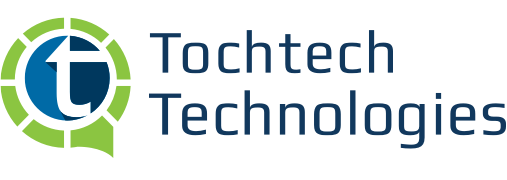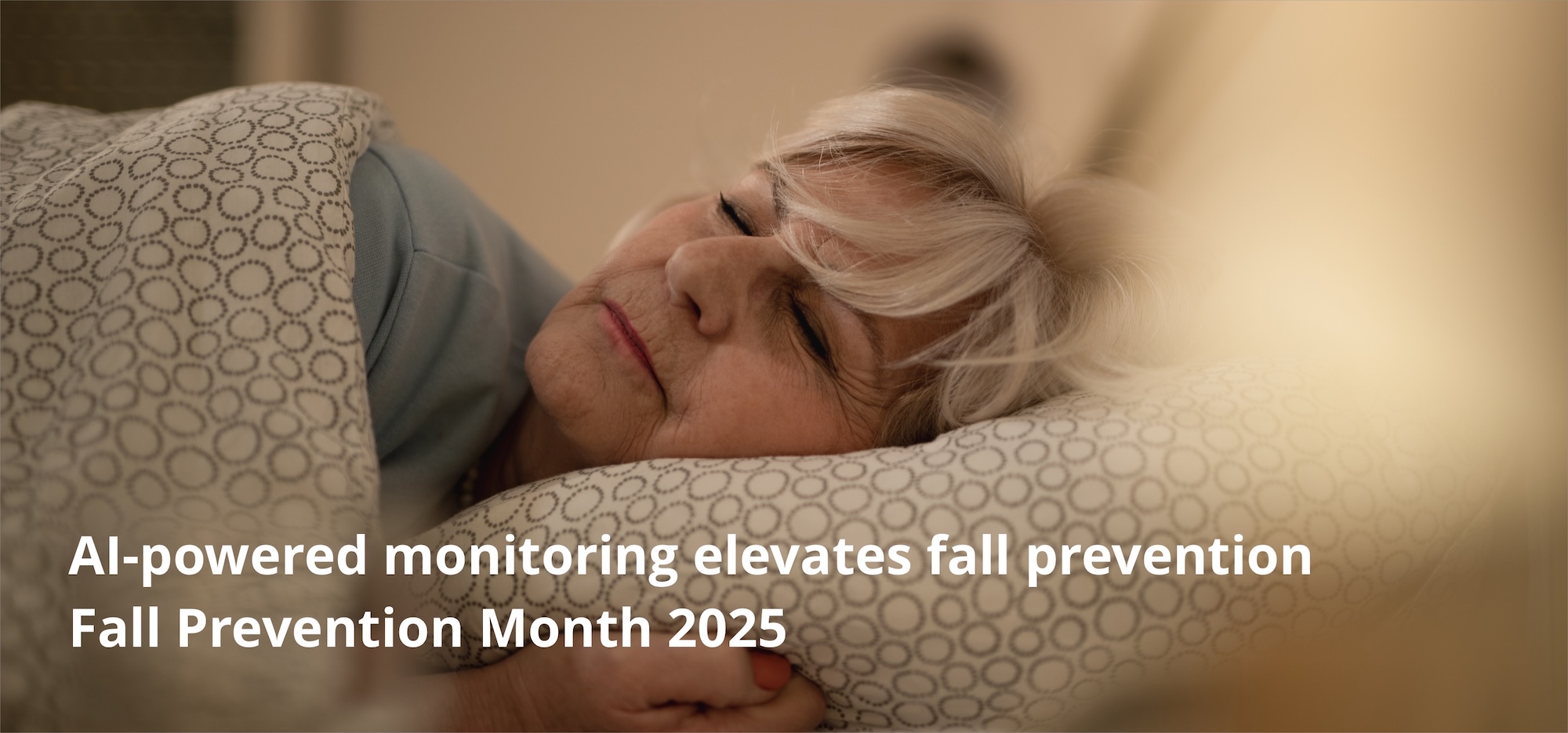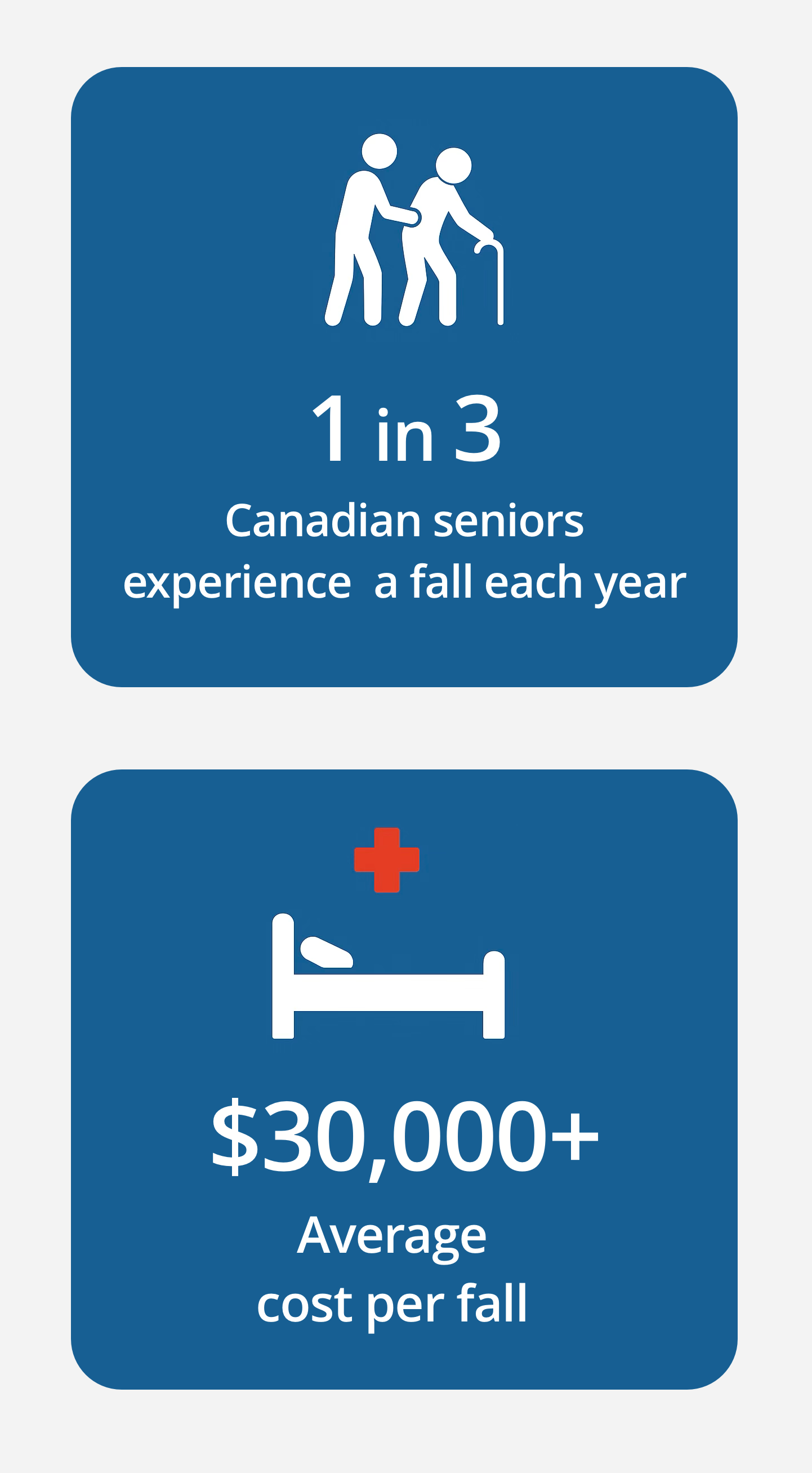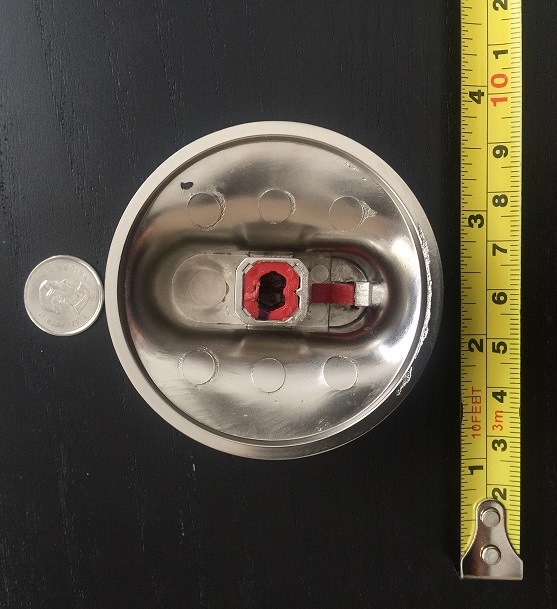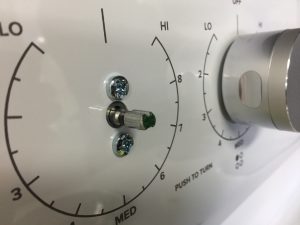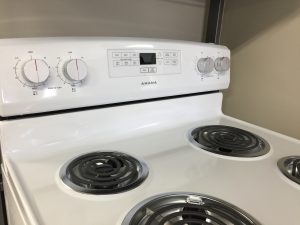The Cost No Home Can Afford
Every November, Fall Prevention Month reminds us of the urgent need to address one of long-term care’s greatest challenges — resident falls. In Canada, falls are the leading cause of injury-related hospitalization among older adults. Each fall can cost the healthcare system over $30,000 in treatment, rehabilitation, and increased care needs.
But the true cost goes beyond dollars: every fall can mean a loss of confidence, independence, and dignity for the resident, and anxiety for their family and care team.
Introducing Toch Sleepsense: Listening Before the Fall
At a prominent, Alberta-based senior care provider, leadership partnered with Tochtech Technologies to pilot Sleepsense, an AI-powered sleep monitoring system that listens to residents’ silent signals — their movements, restlessness, and attempts to get up. Over an eight-week pilot where Toch Sleepsense was installed in two out of four neighbourhoods, the care home observed the following:
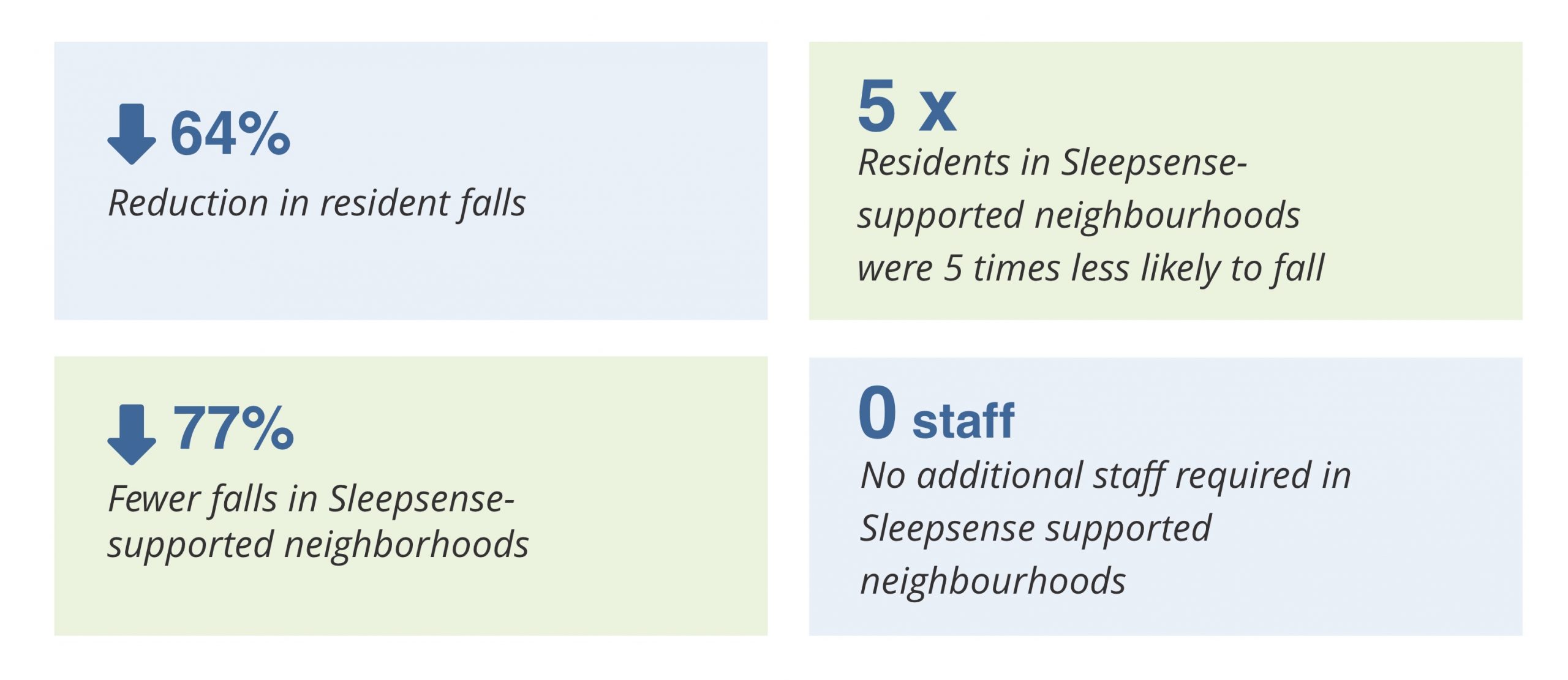
Fall Prevention and So Much More
Sleepsense doesn’t replace caregivers — it amplifies their awareness. By detecting subtle movement before residents leave bed, and its ability to detect changes in sleeping patterns, Sleepsense gives staff the gift of time and insight to implement proactive and evidence- based care.
The following are select case studies reported during the pilot demonstrating the benefits of Sleepsense:
Preventing Falls Before They Happen
Ms. A, a dementia resident unable to walk independently, experienced four falls in a single month as she tried to get out of bed on her own. To prevent further incidents, staff implemented Sleepsense’s AI-driven “Attempt to Get Up” alert, a predictive feature that detects subtle body movements signaling when a resident is about to leave the bed—often 30 seconds to several minutes beforehand.
This early warning allowed caregivers to reach her before she stood up, addressing her needs safely. Within four weeks, Ms. A’s falls dropped by 75%, demonstrating how proactive, data-driven alerts can transform nighttime care and prevent falls.
“In dementia care, she may not be able to express herself — or may be scared to express herself. Sleepsense informs us that she wants to get up, she has a need that we need to respond to. So we can understand her needs and respond in a timely manner before it becomes an accident.”
— Clinical Lead, Dementia Care Center
Gaining Confidence and Guiding Treatment Through Data
Mr. E, a resident with sleep apnea, was reluctant to use CPAP therapy after an incomplete trial sixteen months earlier. Using Sleepsense, his care team monitored his sleep and discovered frequent awakenings and restlessness, confirming poor sleep quality. Sharing this data helped Mr. E understand his condition and agree to restart CPAP therapy.
Post-implementation reports showed fewer awakenings and longer, more restful sleep. The Sleepsense insights gave the care team and CPAP provider objective evidence to fine-tune treatment and validate progress. This collaborative, data-driven approach improved Mr. E’s comfort, confidence, and health outcomes while enhancing clinical decision-making.
“Before, it was hard to convince him the CPAP could help. Once he saw the Sleepsense report — how often he woke up at night — it became real for him. He understood why it mattered.”
— Clinical Lead, Seniors’ Home
Intervening Before It Escalates
Mrs L, a resident with anxiety, was checked every two hours at night, but these scheduled rounds often missed early signs of distress. When Sleepsense detected she had been pacing for over 30 minutes, staff received an alert and responded immediately. They comforted her, preventing the episode from escalating. Real-time alerts allowed proactive, compassionate care—reducing anxiety incidents, maintaining calm, and giving staff confidence they were meeting real needs as they arose.
“Sleepsense doesn’t just detect movement — it helps us understand what the resident might be feeling.
When we see that someone’s been up longer than usual, we know to step in before it becomes a bigger issue.
It makes our care more personal and responsive.”
— Night Staff, Seniors’ Home
Benefits That Matter Most

A New Standard for Nighttime Care
An increasing number of Sleepsense implementations prove that technology and empathy can coexist beautifully. By seamlessly integrating Sleepsense into care routines — with no increase in workload — staff use data to strengthen trust, improve communication, and prevent a safety crisis. This is the future of fall prevention: personalized, proactive, and profoundly human.
Discover How Sleepsense Can Help Your Home Reduce Falls
This Fall Prevention Month, take the first step towards safer nights for your residents. Contact Tochtech to discover how Toch Sleepsense can offer you and your staff the power to make every night safer — one resident, one room, one insight at a time.
